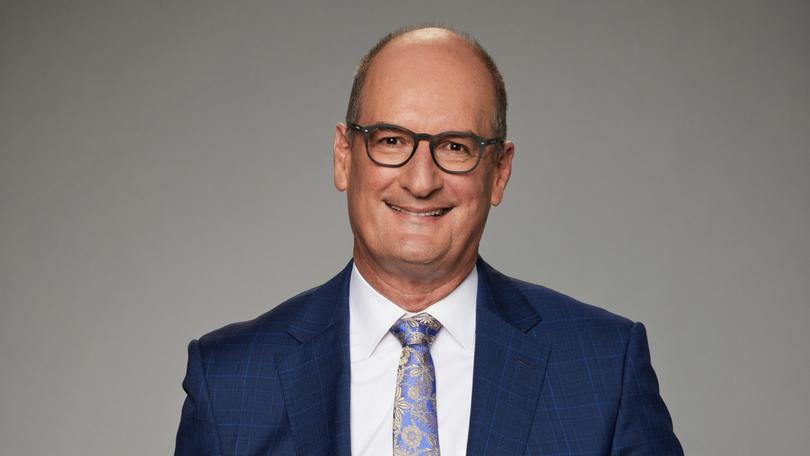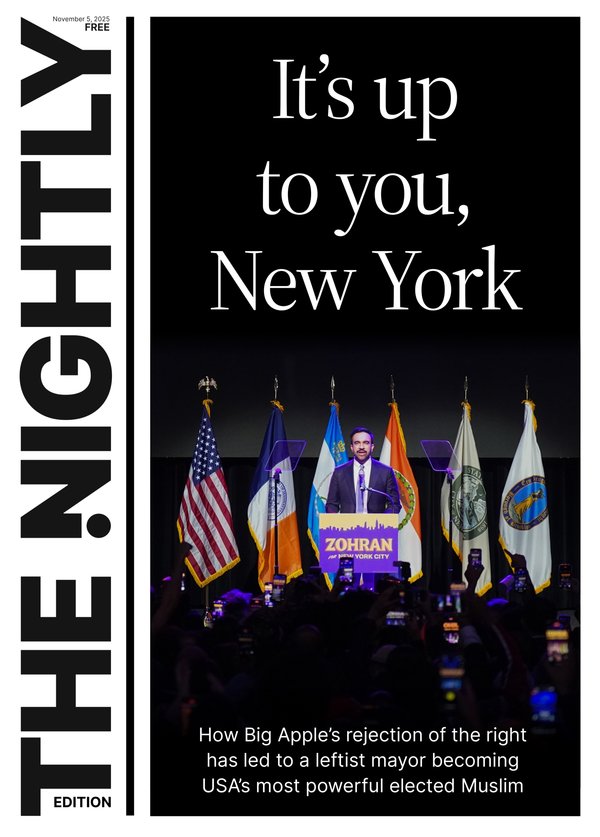David Koch: How to reduce the pain of private health insurance premium increases

At a time when the economy is sagging and household budgets are being squeezed by high inflation and interest rate hikes, the Government approved rise in private health insurance premiums on April 1 was the last thing Australians needed.
The fact the announcement was delayed until just three weeks before the increases flowed through is proof that even the Government knows how sensitive these premium rises are to the electorate.
If you’re one of the 14.7 million people covered by private health insurance, you will have just started to see the increase take effect.
Sign up to The Nightly's newsletters.
Get the first look at the digital newspaper, curated daily stories and breaking headlines delivered to your inbox.
By continuing you agree to our Terms and Privacy Policy.But there are some ways to reduce the pain of these premium increases.
First of all, understand the 3.03 per cent rise in premiums is an average — it’s not a blanket rise. Some private health insurers have lifted premiums higher, while others rolled out lower increases. Even within the health insurers, some plans have risen more than others. I’ve heard of some funds notifying clients of a 10 per cent rise in premiums.
The highs and lows
As a benchmark, the biggest premium increases were from these insurers:
CBHS Corporate Health (5.82 per cent).
CBHS Health Fund (4.51 per cent).
nib (4.10 per cent).
HBF Health (3.95 per cent).
Health Insurance Fund of Australia (3.87 per cent).
The private health insurers passing on the lowest premium rises were:
Health Care Insurance (0.27 per cent).
Defence Health (one per cent).
Australian Unity Health (1.42 per cent).
Peoplecare Health (1.63 per cent).
Health Partners (1.93 per cent).
As you can see, there are big differences. So it pays to give your current private health insurance policy its own financial health check to see if it’s still the right policy for you. There could be better deals out there.
First of all, make sure your private health insurance cover still suits your individual needs and stage of life. Being a “senior citizen” I always had the top gold cover because I figured I’d need it as I aged. That was until my wife, Libby, pointed out that it included obstetrics (we’re a bit past that!). On top of that (brace yourself) we had extras cover for orthodontics.
After a quick audit of the cover we needed we settled on silver plus and saved a fortune in premiums.
When was the last time you looked at the actual services covered in your policy?
Cover is community rated
Many people are scared to change their health insurer if they’ve developed a medical condition for fear that another insurer either won’t cover them or will charge them a huge premium.
It’s understandable because home and contents insurance premiums are set depending on your risk profile (whether you live in a bushfire, flood or dangerous zone).
But private health insurance cover is not risk rated; it’s community rated. So no matter what ailments you have, your premium is rated exactly the same as anyone else of your age. So switching to another provider shouldn’t be a problem.
Waiting periods waved
Another misconception about changing health insurers is that you’ll have to sit through a waiting period before being eligible for some cover.
Not necessarily. If you switch to the equivalent cover (or lower cover) with another provider, no waiting periods apply. If you switch to a higher level of cover then waiting periods may apply.
But at this time of year, a range of private health insurers offer attractive incentives to switch insurers, which includes waiving waiting periods even if you opt for a higher level of cover.
It is so easy to compare your health insurance cover these days using one of the online comparison websites.
Medicare Levy Surcharge
I know a lot of people are tempted to just ditch private health insurance and pay the Medicare Levy Surcharge (MLS) on those earning over $93,000 a year and $186,000 for a couple. Do your sums carefully first. Depending on your income tax tier, ditching could cost more. Basic hospital cover will help you avoid the MLS, but for a bit extra, you could get a lot more cover by choosing a bronze policy.
Be careful, because cheaper “extras” health cover won’t offset the levy. A bloke this week was telling me he was avoiding the MLS with a cheap “extras, dental” policy. You should have seen his face when I said it didn’t qualify and for the past five years he had unknowingly been paying the surcharge. I know private health insurance can seem complex and there are a lot of misconceptions around, but it is worth reviewing your cover now to make sure you’re not paying for services you don’t need.
Colour can be key in car insurance costs
New research reveals motorists could be slugged with a premium based on the colour of their car.
Think your car looks better in black?
If you’re looking to save on your car insurance premiums, maybe check with your friends first.
Research by car insurance comparison service Compare the Market (where I am economic director) found darker-coloured cars tend to attract higher insurance premiums than lighter-coloured ones.
In fact, on average, insurers who do change their pricing based on the colour of the car were seen to increase their premiums by as much as 8.72 per cent for the same make and model of a vehicle, when only the colour of the car changed from white to black. There was a 2.96 per cent increase for yellow and turquoise, 6.46 per cent for beige, 7.23 per cent for blue, red, maroon and orange, and 7.89 per cent for silver, gold, grey, green, brown and purple.
While it can be surprising to see such large discrepancies between some insurance policies based purely on colour, the fact is some colours may make a vehicle more susceptible to theft or being in an crash and, in turn, increase the risk of you needing to claim with your car insurer.
Darker cars may be harder to see at night or during storms, which could result in more crashes and potentially drive up prices.
And novelty colours, such as gold or even purple, may be more challenging to repair if the bodywork is damaged.
These findings are just a great insight into how differently insurers can calculate risk based on historical data, and it’s something to keep in mind when you’re looking at your car insurance renewal.
However, it should be noted that not all insurers have a premium pricing policy based on colour.
On average, the research found that the prices of policies with a “colour premium” were still cheaper than the average price of those policies without colour premiums.
At the end of the day, in some cases going with a brand that does have a colour premium may still come out cheaper than the policy you’re on.
The research showed most insurers who had one single-priced policy, no matter the car’s colour, were often more expensive.
So, there are still plenty of savings to be had, no matter which insurer you choose — or the colour of your car.
* Information and opinions provided in this column are general in nature and have been prepared for educational purposes only. Always seek personal financial advice tailored to your specific needs before making financial and investment decisions.
